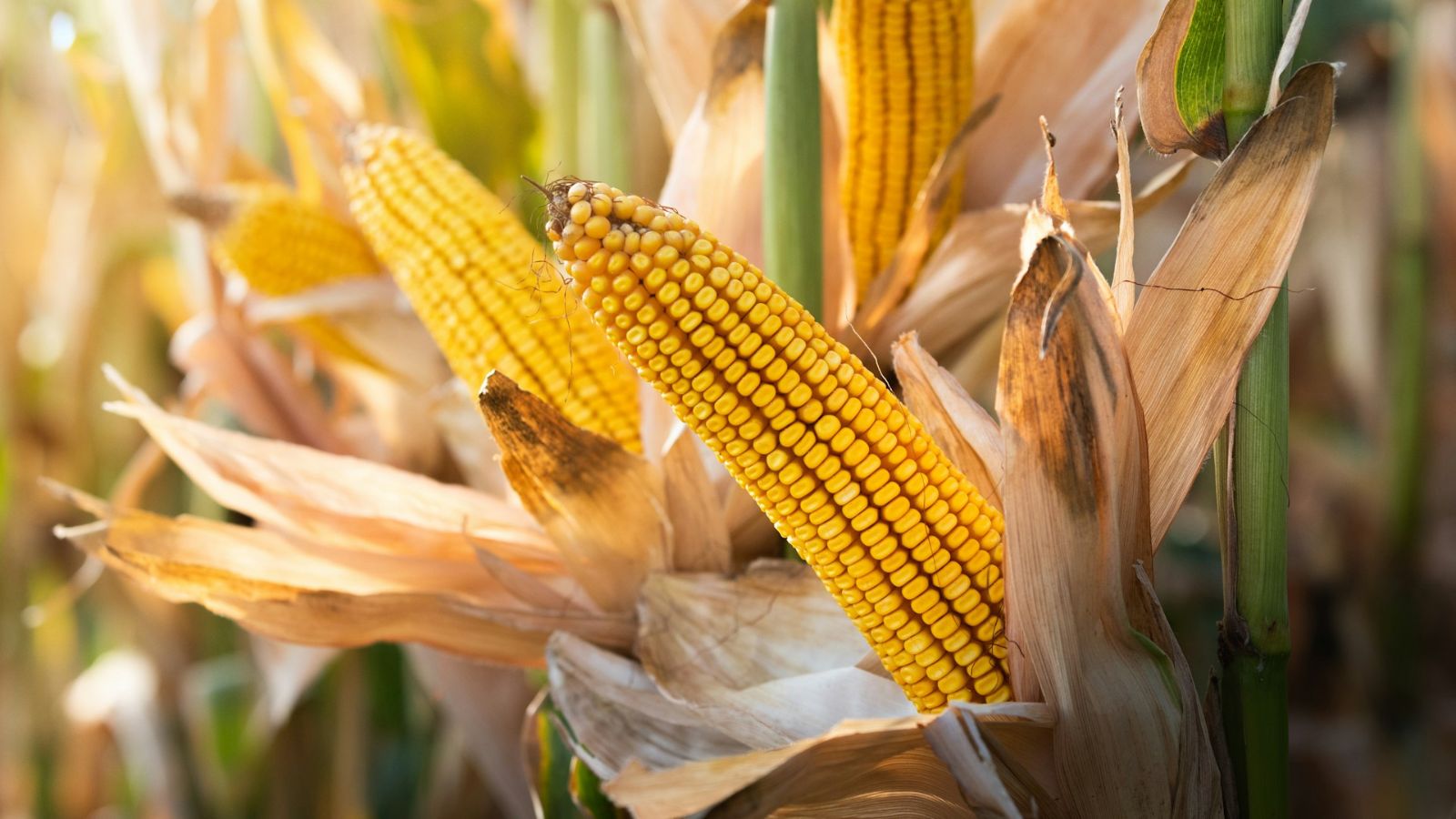Best of the Haiku Challenge (September 2025)
Announcing the winning poems from Tricycle’s monthly challenge The post Best of the Haiku Challenge (September 2025) appeared first on Tricycle: The Buddhist Review.

As beautiful as they are, there is something plaintive about the cries of insects in autumn as the nights become colder. That somber tone makes its way into most haiku about these creatures, even those which mix melancholy with mirth. Each of the winning and honorable mention poems for last month’s challenge struck a balance between the hypnotic beauty of the katydids’ yearly serenade and the fleetingness of that beauty, which ends suddenly with the first frost of the year.
Nancy Winkler finds a sober but beautiful wisdom in the katydids’ annual return “into the silence” from which they came. Nancie Zivetz-Gertler offers a humorous twist on the seasonal theme with her image of a drowsy katydid “who fell out of bed.” Marcia Burton hears “a click of the latch” at night and knows that her companion has slipped out to be with the katydids.Congratulations to all! To read additional poems of merit from recent months, visit our Tricycle Haiku Challenge group on Facebook.
You can submit a haiku for the current challenge here.
Fall Season Word: Katydid
WINNER:
cooling katydids
one by one they drop back down
into the silence
—Nancy Winkler
Every now and then we find a haiku that not only meets the standards for what Japanese poets call “the objective description of nature,” but also evokes a powerful subjective response from the reader. At their best, such haiku leave us with the sense that there are untapped reserves of meaning and emotion just below the surface of the poem.
In early to mid autumn, the katydids’ singing becomes slower and more desultory. As the nights get cooler, they grow sluggish and clumsy, finally losing their grip in the forest canopy. The poem describes a night when the soft thuds of their bodies can be heard intermittently hitting the ground in the darkness below the trees.
In haiku, word choice is everything. In last month’s winning poem, the poet has telegraphed her message not merely by what she says, but by how she says it. With its alternating stressed and unstressed syllables, the middle line simulates the rhythm of the falling insects as “one by one they drop back down” through the dark. The crucial word—the word that is most essential to the meaning of the poem—is “back.” True, the katydids are dying. But they are also returning to where they came from.
And where is that exactly? The poet could have said “the ground,” because that is the literal truth of it. Instead, she calls it “silence,” suggesting a place of promise and repose.
It has been said that every great haiku is a microcosm: a small world complete unto itself. This poem is no exception. The katydids who passed the winter as eggs have emerged as nymphs in spring, molting repeatedly throughout the summer before making their way into the treetops to sing in autumn. The image of their shadowy bodies dropping “back down into the silence” only completes the larger circle of the poem.
It is in the return to this “silence” that the cycle of renewal begins again, ensuring that a song which has endured since the age of the dinosaurs is always in the world. The annual return of that song embodies an ecological truth that is also a form of spiritual wisdom for those who are willing to learn from the four seasons of the year.
HONORABLE MENTIONS:
a thud in the night
just the drowsy katydid
who fell out of bed
—Nancie Zivetz-Gertler
the click of the latch
understanding he’s slipped out
with the katydids
—Marcia Burton
◆
You can find more on September’s season word, as well as relevant haiku tips, in last month’s challenge below:
Fall season word: “Katydid”
passed from katydid
to katydid unaltered
katydid mantra
The katydids I heard singing on an early autumn evening had passed their song down through countless generations. I was reminded of the Vedic scholar Fritz Staal (1930-2012), who insisted that mantras predated the invention of words with meanings. In their metrical precision and extreme antiquity, mantras were more similar to bird and insect calls than they were to spoken language, Staal believed. —Clark Strand
Submit as many haiku as you please on the fall season word “katydid.” Your poems must be written in three lines of 5, 7, and 5 syllables, respectively, and should focus on a single moment of time happening now.
Be straightforward in your description and try to limit your subject matter. Haiku are nearly always better when they don’t have too many ideas or images. So make your focus the season word* and try to stay close to that.
*REMEMBER: To qualify for the challenge, your haiku must be written in 5-7-5 syllables and include the word “katydid.”
Haiku Tip: Preserve a Vital Point of Connection with the Natural World!
On August 12, 1973, The New York Times ran a brief filler story on page 14 of its Sunday edition. In keeping with the convention of such stories, the subject was “evergreen,” meaning that it was of general interest and not time sensitive, although in this case it was appropriate to the season. No author was listed.
Here is the complete text:
Katydid
Many old beliefs die hard, even in the face of reason. The groundhog, which sleeps away the entire winter, is supposed to know when winter will end. And the katydid, which spends well over half the year in the egg, is supposed to know when frost will come.
It is ridiculous to talk of frost in August, but that is what tradition says the katydid will be doing any evening now. “Six weeks till frost! Six weeks till frost!”
Coincidence, of course, but the warning is valid about three years out of four. Six weeks after the katydids begin to rasp the edges of the night comes the autumnal equinox, and first frost is then usually at hand. Not cold weather or even hard frost necessarily, but that first glimmer of white that withers a tender leaf here and there and blackens the tender flowers.
So here it is. Still summer, early August, and an insect that never felt a really cold night and never knew a snowflake begins to rasp its wings together and make sounds that say “Six more weeks! Six weeks till frost!”
Of course, if you don’t believe in such things, then they say “Katydid, Katydid, did, did.” The katydids, country cousins of the grasshoppers, are out and rasping their mating calls. Frost in six weeks? Who knows?
The story floats like an island of folksy ecological sanity toward the bottom of the page. Above it are articles about the emerging Watergate scandal, the bombing of Cambodia, and Nixon’s efforts to bring the FBI and the CIA under executive control. To the upper right are letters to the editor on these same topics, plus ones about America’s rising “police state” and a drought-caused famine in six West-African nations which, in retrospect, may be one of the first mentions of climate disruption to appear in a mainstream media source.
As the saying goes: “The more things change, the more they stay the same.”
Meanwhile, the katydids go on with their business of predicting the weather—or not, depending on whether you subscribe to folk wisdom or regional weather forecasts. At the very least, they offer a point of connection, then as now, to rhythms that are far older and more durable than the 24-hour new cycle.
Katydids have been around since the Triassic period. Fossils from 200-240 million years ago reveal that they were already equipped with sound-producing wings and ears, making their songs some of the oldest in the insect kingdom. There are over 8,000 known species of katydid today, nearly all of which use mimicry or camouflage to imitate the shapes and colors of leaves.
The name katydid is onomatopoeic in imitation of the variable three to four-beat song of the “true katydid,” the most common and widely distributed species. Most people hear it saying, “Katy did! Katy didn’t!” Although some, like the New York Times’ staff writer, hear “Six more weeks! Six weeks till frost!” instead.
These nocturnal insects have other songs as well, ranging from a raspy, two-note “Ka-ty!” stridulation to a continuous high-pitched trilling that some people describe as a shriller version of the cicada. It is mostly the male katydids who sing, both to attract a mate and to claim territory from other males. Both sexes are arboreal, living in the treetops where they are safest from predation. But with the arrival of cooler weather, they grow sluggish and often fall to the ground, becoming visible to onlookers (and to predators) who otherwise know their presence only through their song.
Although they emerge in late summer, katydids are associated with fall in haiku poetry because of the belief that their arrival predicts the onset of colder temperatures. Their song, which becomes slower and more grinding in September, is thought to have a plaintive quality, as if they are aware that their short lives will soon be over.

 ShanonG
ShanonG 































